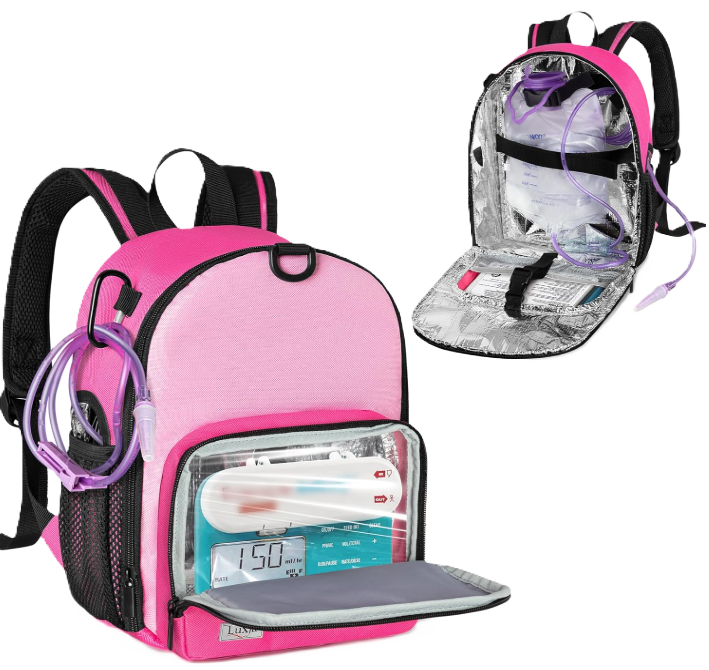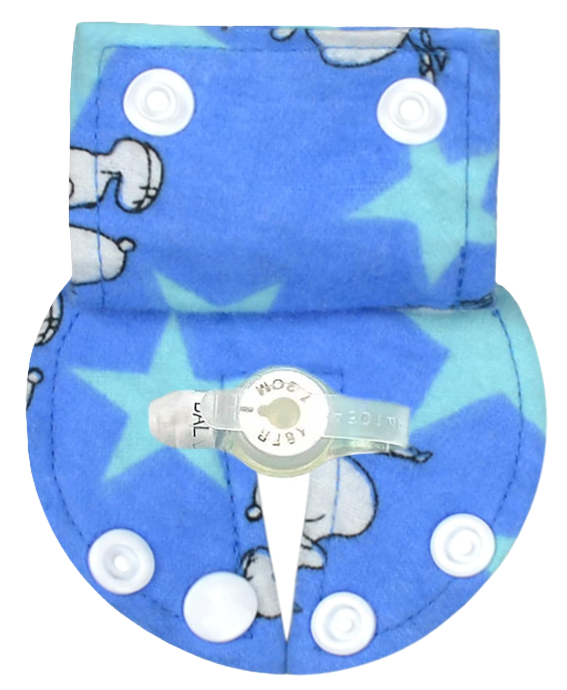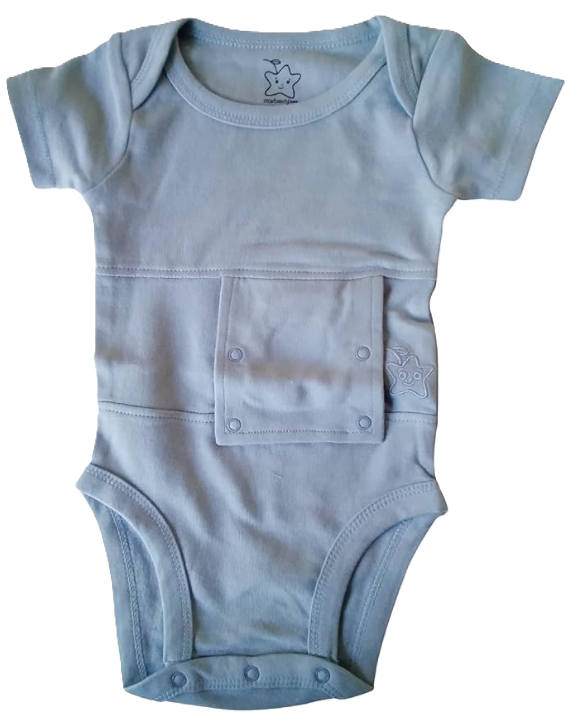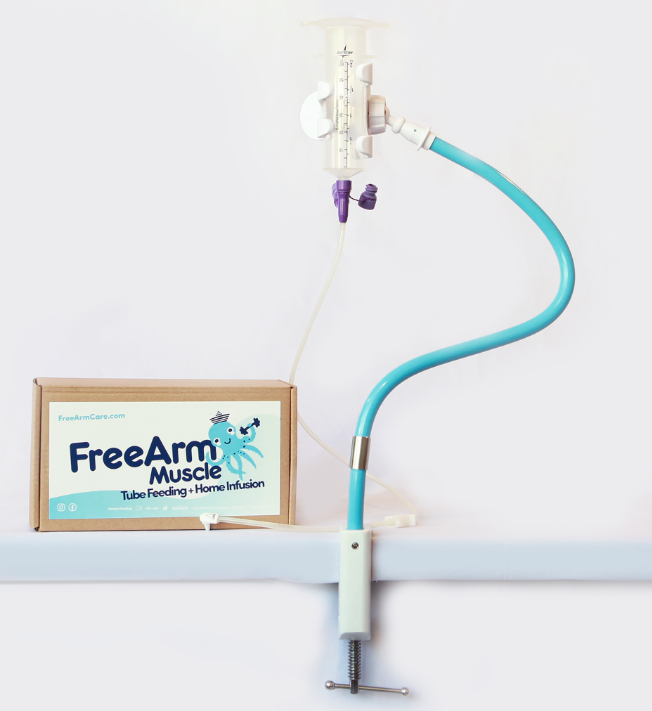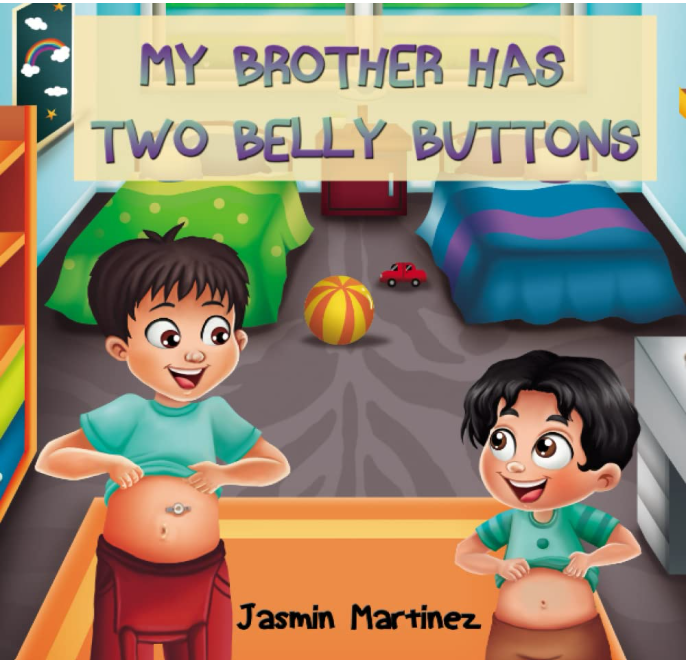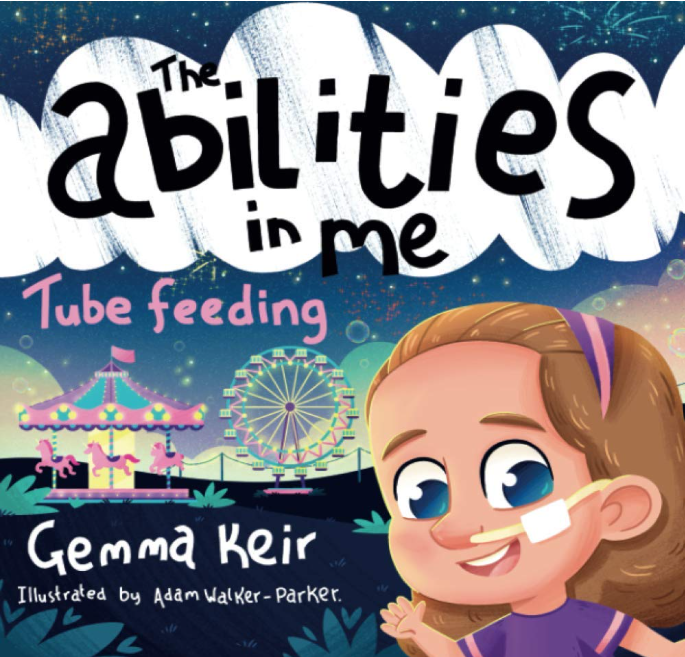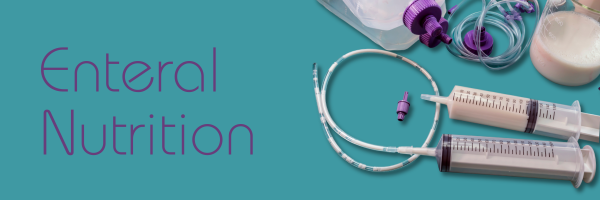
Enteral Nutrition, or “tube-feeding” to us lay people, is a reality for many kids with special needs. And living with this reality can be quite the experience; between feeds, flushes, clogs, and erratic pumps, there’s never a dull moment!
For those of you who haven’t been there, the thought of a feeding tube is a formidable one, indeed: different tube options, hospital procedures, and too many new and unfamiliar terms to count. The actual concept, however, is simpler than you think. We put it down for you here so you can be informed and feel empowered to make the best decision for your child.*
For those of you heroic parents who deal with this every day, (take a bow and) skip to the next section.
*There is no actual medical advice in this newsletter. Please direct all of your specific questions and concerns to your primary care physician. There are people in the community with knowledge and experience with tube-feeding who can answer general questions. When in doubt, call Ezreinu! 718-750-1010.
GJNJGNJGGNJ
If haven’t had any personal experience with feeding tubes (baruch Hashem!), the terminology is downright confusing, because it all kind of sounds the same. What’s the difference between G-tubes, J-tubes, NG-tubes, and GJ-tubes (and there are more)? What are all these G’s and J’s about?
Here’s the for-dummies breakdown:
First, take a look at the diagram below.
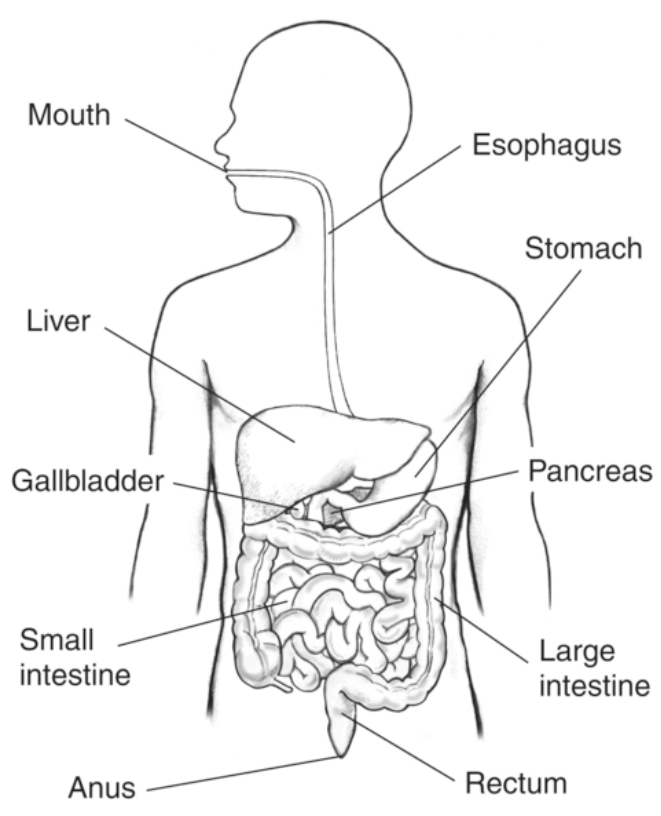
Common types of tubes
G – Gastric, Gastrostomy (Anything to do with your stomach, as in your gastroenterologist, or your GI, is your stomach doctor)
J – Jejunostomy (The Jejunum is a part of your small intestine)
GJ – Gastrostomy-jejunostomy (You’re catching on fast!)
NG – Naso-Gastric (Naso is like nasal — anything to do with your nose)
NJ – Naso-Jejunal
ND – Naso-Duodenal (The duodenum is a different part of your small intestine)
When you swallow food, it travels down through your esophagus, to your stomach, and then from there to your small intestine.
When an individual can’t eat traditionally, either due to chewing and swallowing issues or other medical circumstances, a flexible, plastic feeding tube is inserted to bypass the esophagus by bringing nutrition directly to the stomach (via G -tube or NG-tube), or — if the stomach also can’t take the nutrition — directly to the small intestine (via J-tube, GJ-tube, NJ-tube, or ND-tube).
All of the “N” tubes go through the nasal cavity (nose) and down the esophagus, while the G-tube, J-tube, and GJ-tube all require a small procedure to make a hole (called a “stoma”) directly in the abdomen, in which the tube will be inserted. Often, nasal tubes are used for a temporary need, while those who will need to be tube-fed for a longer time will get a G-tube or J-tube.
The two most common types of feeding tubes are NG-tubes and G-tubes.
The basic terms and process for tube-feeding:
The plastic thing in the stoma is either a button or a PEG tube (the PEG tube is also known as a dangler, because unlike the little button, it hangs out from the stoma), and the plastic flap-opening in the button or PEG tube is called a port. An NG/NJ-tube also has a port — on the end of the tube which sticks out of the nose. For a button, you need an extension, which is literally just a long, thin plastic tube, and is attached at one end to the port and at the other end to the source of nutrition. (The ports of PEG tubes and NG/NJ tubes are connected directly to the source of nutrition.) The nutrition is usually special tube-feeding formula, and the way it’s delivered into the extension/tube is usually either via electronic pump (which pumps the formula slowly over an extended amount of time) or via syringe (which lets the formula flow into the extension/tube using gravity).
There you have it! That wasn’t too complicated, was it?
Helpful Stuff
Feeding tubes are not a new innovation; for years, parents have had to learn how to live with their children’s tubes, and as such, different cool inventions which make tube management easier have hit the market.
Some cool products which you should check out:
A backpack is basic for keeping neat and discreet during a feed. Anyone with a pump could use this backpack, with a handy window for changing pump settings, internal straps to hold the bag straight, and pockets for supplies. There are a bunch of similar options available – make sure the dimensions
and pockets work for you before ordering.
Kids are curious beings. They love poking and prodding at anything interesting, and if that interesting thing is attached to their own body, it gets even MORE interesting… If you’re tired of watching your child twisting and pulling at his button, experiment with these button covers. Button covers serve a dual purpose: preventing your child’s access, and absorbing dampness around the button area.
If you have to halfway undress your child every time it’s feeding time, your child has the *wrong* clothes. Look for adaptive g-tube bodysuits – regular onesies that have this adorable flap around the button which opens and closes with snaps. Some brands (like Starberry Kids and SpecialKids.Company) go up to big-kid sizes.
Holding up a bolus feed at a specific height can be tiresome. Check out the free-arm, a cool invention which holds the syringe for you. It’s a small, foldable thingamajig which you can clamp to any nearby surface and adjust to the necessary height. It also has a hook for a feeding bag, so the next time you travel, you don’t need to search for that elusive nail on the wall near your child’s bed.
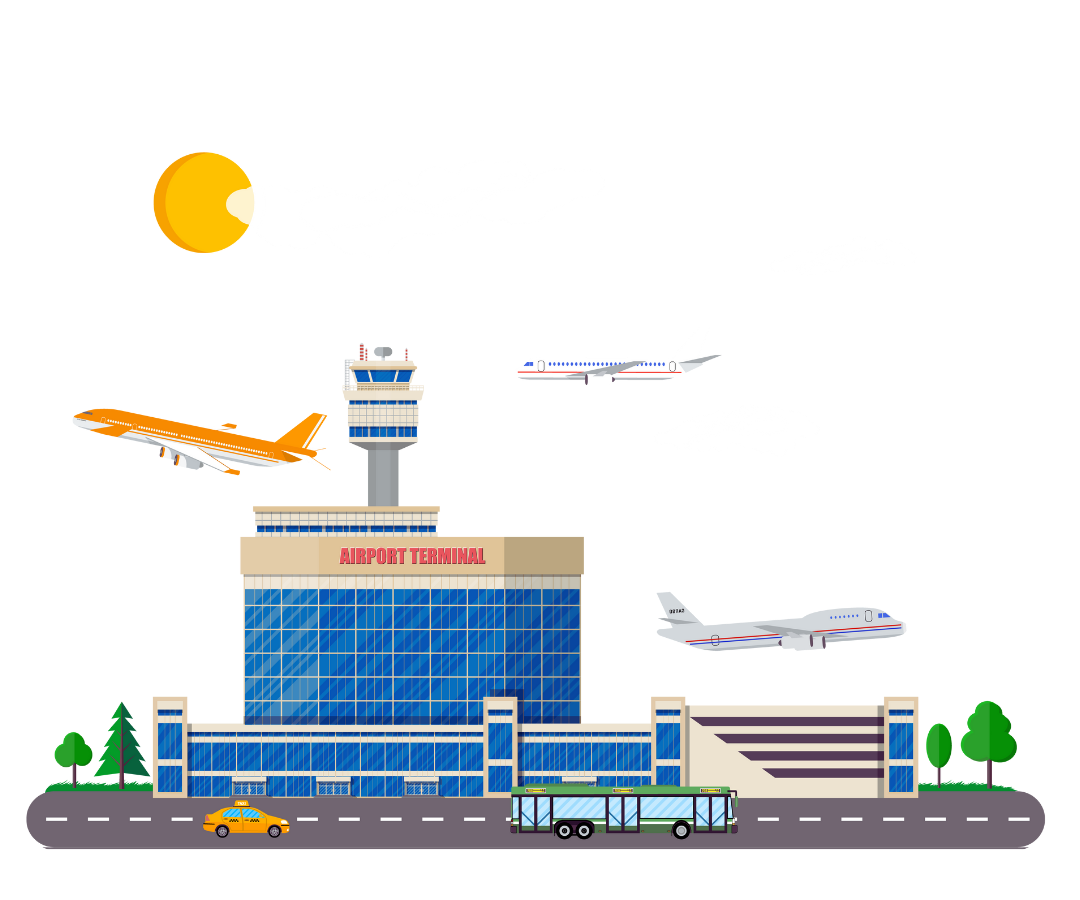
Travel Tip
Going on vacation this summer?
Wondering how you’ll manage the airport with all your child’s… stuff?
Not only will you be okay, but you’ll get royal treatment — if you fill out the TSA request form before you go. Children with special needs (and their families!) can skip the long lines and any medically necessary liquids over the liquid limit (like feeding tube formula) are allowed through.
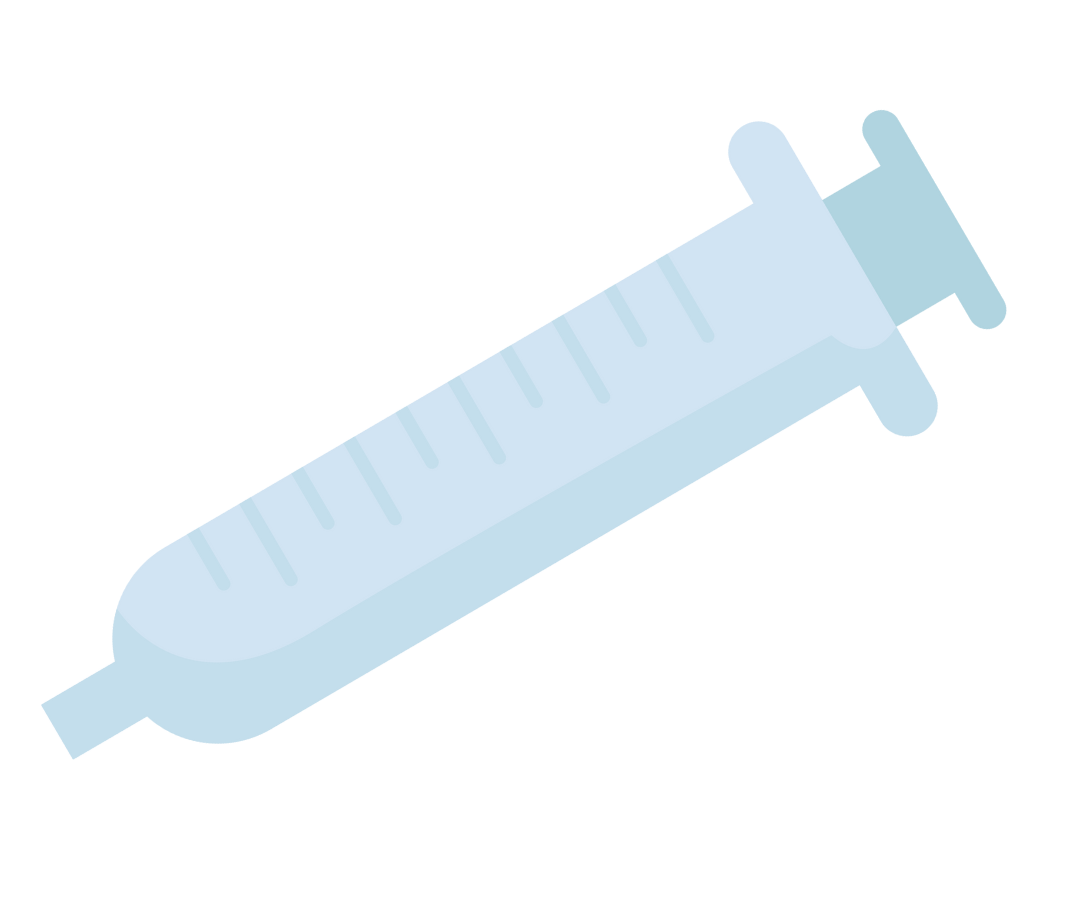
Supplies Gemachs
Mi k’amcha yisrael!
For when you run out of something essential and you won’t get more from insurance for another week, for when your vendor switches to a brand which doesn’t work for you, for when you go away for Shabbos and forgot something important… Klal Yisrael is here.
Here are some local gemachs which have feeding tube supplies when you need them:
Brooklyn
Spitz Family
718-435-0748
Monsey
RocheLev
845-327-7280
Ahuva’s Feeding Gemach
845-661-6996
Lakewood
Magen Lev
848-226-5171, 848-261-2862
There are more where these came from:)
If you need a different gemach, call Ezreinu at 718-750-1010.


Mrs. Feldstein was looking for an EI center for her baby with special needs. A friend had recommended one, but Mrs. Feldstein didn’t want to send just anywhere, without knowing what else is out there. Ezreinu explained to her which additional options are available and what they have to offer so that she could make an informed decision.⬛
Donny, a sweet 4-year-old who is nonmobile, feels sad on long, summer Shabbos afternoons when he watches his brothers and sisters run off to the park for some fun in the sun, while he’s stuck indoors in his no-eiruv neighborhood. One Shabbos afternoon, Ezreinu sent a volunteer to play with Donny in his home, while his parents got in a well-deserved nap. His siblings came home from the park that day to a beaming Donny, a little boy who finally felt like he’d had a fun time, too.⬛
Identifying details have been changed to protect client confidentiality.
Liked this post?
Get bi-weekly Ezreinu Updates directly to your inbox.

